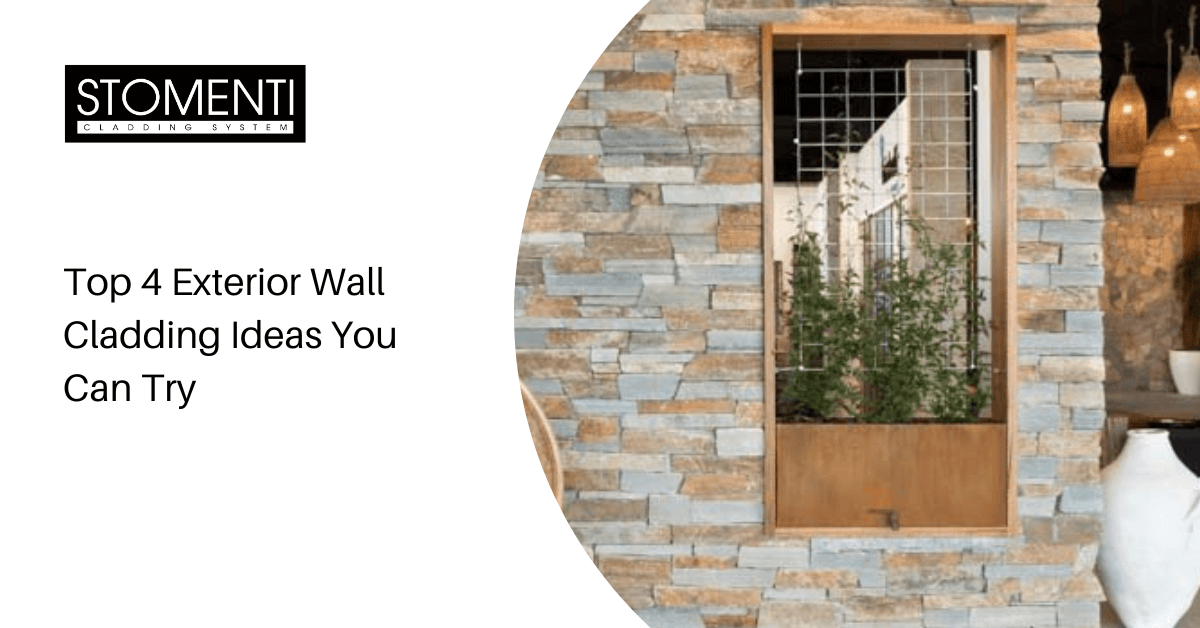

Top 4 Exterior Wall Cladding Ideas You Can Try
Exterior wall cladding is a high-performance solution that protects buildings from harsh weather conditions while also increasing their aesthetic appeal. Furthermore, selecting the proper sort of cladding solution provides various advantages, including thermal insulation, structural degradation protection, increased interior acoustics, and daylighting.
What Are the Top Four Exterior Wall Cladding Options?
We cover the advantages and disadvantages of four common external cladding materials that you should be aware of. Continue reading.
Stone Cladding
Stone is a natural stone that is extremely resistant to adverse weather conditions. Stone external wall cladding is great for surfaces such as pools, fireplaces, columns, and fountains. Stone is an excellent insulator, is fire resistant, can tolerate abrasions and scratches, and is simple to maintain. However, stone cladding is extremely expensive and difficult to install. In addition, it has a harmful impact on the environment. When stone cladding is damaged, it can be difficult to restore, and it is also known to be prone to bacterial and fungal growth.
Wood Cladding
Wood cladding is extremely impact resistant, has a high visual appeal, is low in thermal conductivity, and has great insulating capabilities. As a result, it consumes less energy to maintain the building’s temperature, making it a cost-effective option. Wood that is not FSC certified, on the other hand, may have been obtained illegally from unsustainable controlled forests and has a high probability of harboring and releasing hazardous compounds such as VOCs. Wood also has low dimensional stability, which causes it to expand and shrink with the changing seasons.
Brick Cladding
Bricks are one of the oldest and most popular external cladding materials. They are thermally efficient, long-lasting, and easily recyclable and reusable. The disadvantage of employing bricks as exterior wall cladding materials is their negative environmental impact. Bricks are cooked in kilns, which consume a lot of energy. The cement industries, which generate the cement required to bind bricks, provide around 5% of world CO2 emissions.
HPL Cladding
High pressure laminates, for example, are resistant to humidity, UV radiation, harsh weather conditions, and microbiological dangers. They are inexpensive and require little maintenance to preserve their practical and aesthetic characteristics. HPL cladding is also quite adaptable, as it may be used in both residential and commercial settings. The main disadvantage of HPL cladding is the VOC emissions. Stomenti exterior wall cladding, on the other hand, does not produce any VOCs, providing you with a really high-performance, safe, aesthetically pleasing, and cost-effective wall cladding solution.
Also Read: 3 Ways to Renew your Home Using Wall Panels
Final Thoughts
Exterior wall cladding materials, including stone, brick, wood, and HPL, help you increase your building’s overall structural integrity and durability. Stomenti offers a wide choice of outdoor and interior wall cladding solutions constructed from durable, high pressure laminates, all with a long warranty. If you’d like to discuss your needs or learn more about our interior and exterior wall cladding options, please contact us at info@stomenti.com or +91 990 904 9417, and we’ll take it from there.





